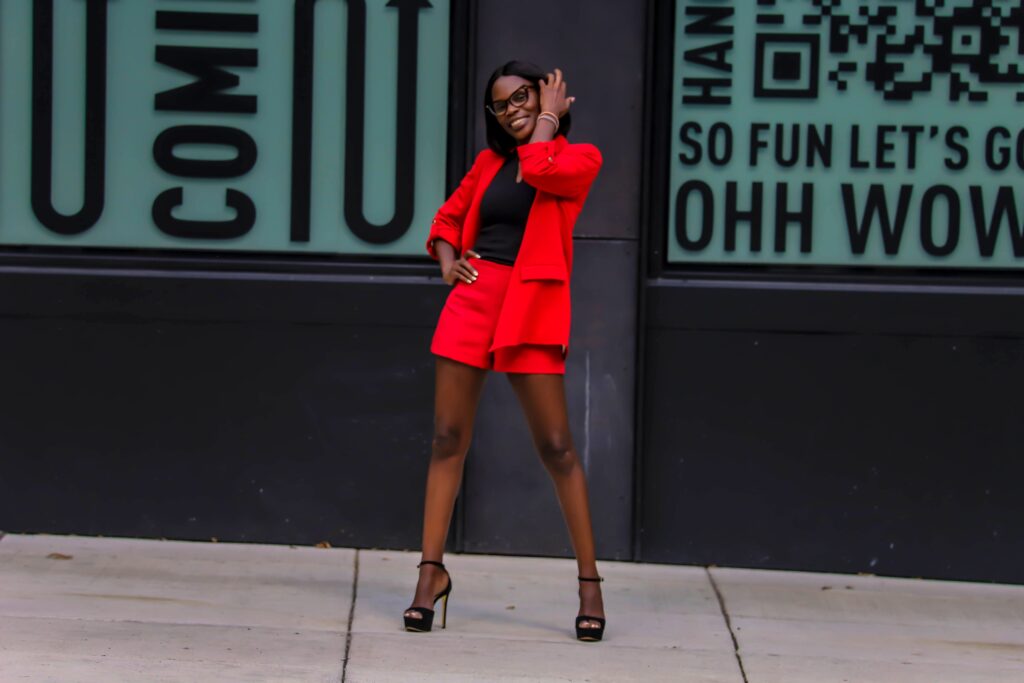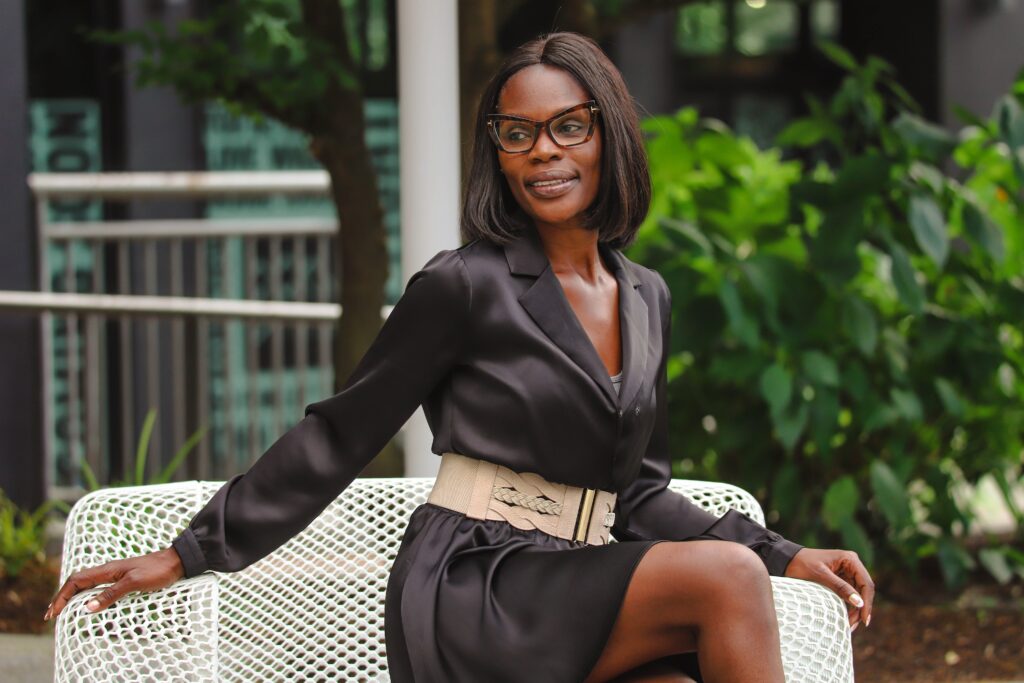The Future of Modeling in Africa: A Cultural Renaissance on the Global Stage
The modeling industry in Africa is undergoing a profound transformation, driven by a new wave of talent, cultural pride, and technological advancements. In the past, African models were often underrepresented in major fashion markets. However, in recent years, the continent has emerged as a hotspot for modeling talent, with African models gracing international runways, fashion magazines, and major advertising campaigns. The future of modeling in Africa looks promising, and its potential is vast.

1. Cultural Identity and Diversity as Assets
One of the most defining features of the African modeling scene is the celebration of cultural identity and diversity. From South Africa to Nigeria, Rwanda to Ethiopia, each country boasts a rich tapestry of traditions, ethnicities, and aesthetics that are now being embraced by the global fashion industry. African models are showcasing their unique features and redefining beauty standards by incorporating their heritage into their work.
Gone are the days when Eurocentric beauty norms dominated the fashion world. Today, African models like Adut Akech, Anok Yai, and Maria Borges are celebrated for their distinct looks and are influencing major designers to incorporate African-inspired styles and aesthetics into their collections. The future of modeling in Africa is one where diversity is not just a trend but a permanent fixture.
2. Local Modeling Agencies and Talent Development
As the demand for African models grows, so does the need for local talent management. Modeling agencies across the continent are springing up, creating platforms for aspiring models to hone their skills and access international markets. In countries like Nigeria, Ghana, Kenya, and South Africa, local agencies are partnering with international agencies to provide more opportunities for African models.
These agencies are playing a crucial role in nurturing homegrown talent, providing training in runway etiquette, photo shoots, and personal branding. They are also advocating for fair pay, better working conditions, and representation on the global stage. As Africa continues to develop its own fashion hubs, these agencies will be key players in shaping the next generation of supermodels.
3. Fashion Weeks and Cultural Events: Showcasing Talent
Africa’s major cities are quickly becoming fashion capitals in their own right. Events such as Lagos Fashion Week, South African Fashion Week, and Accra Fashion Week are gaining international recognition, offering African models a stage to shine. These events are not only about clothing but are celebrations of African creativity, innovation, and entrepreneurship in fashion.
By providing a platform for African designers and models, these fashion weeks are elevating the continent’s fashion industry. As more global fashion icons, influencers, and media turn their attention to Africa, these events will serve as a crucial bridge, connecting African talent to international markets.
4. Technology and Social Media: Redefining the Industry
In an era dominated by social media, African models have found new ways to break into the fashion industry without the traditional gatekeepers. Platforms like Instagram, TikTok, and YouTube have democratized modeling, allowing aspiring models to showcase their portfolios to a global audience. This digital revolution has opened up the industry to a broader range of talent, including plus-size models, models with disabilities, and models from remote regions of Africa.
With the increasing use of artificial intelligence (AI) and virtual fashion shows, technology is also playing a role in shaping the future of modeling. African models are embracing digital platforms to reach new audiences, while virtual fashion shows, such as those that emerged during the COVID-19 pandemic, have allowed African designers and models to participate in global events without geographic limitations.
5. Challenges and Opportunities
While the future of modeling in Africa looks bright, challenges remain. Issues such as colorism, the lack of industry infrastructure, and limited access to funding can hinder the growth of emerging models. However, with the global fashion industry’s growing interest in African talent, these obstacles are being addressed.
To capitalize on the momentum, it is crucial that African governments and stakeholders invest in the creative industries, including modeling. This could include setting up talent incubators, offering scholarships for aspiring models, and creating platforms that connect African models with international opportunities.
6. The Road Ahead: A Global Influence
As the world becomes more interconnected, Africa’s influence on global fashion and modeling will only grow. With its vast pool of untapped talent, unique cultural heritage, and the power of social media, the continent is poised to shape the future of the modeling industry. African models will continue to break barriers, redefine beauty standards, and inspire a new generation of talent.
In the coming years, Africa’s modeling industry will not only be a part of the global conversation—it will be leading it. The future of modeling in Africa is a celebration of diversity, resilience, and creativity, with the continent firmly positioned as a global fashion powerhouse.
